Certifications & Awards
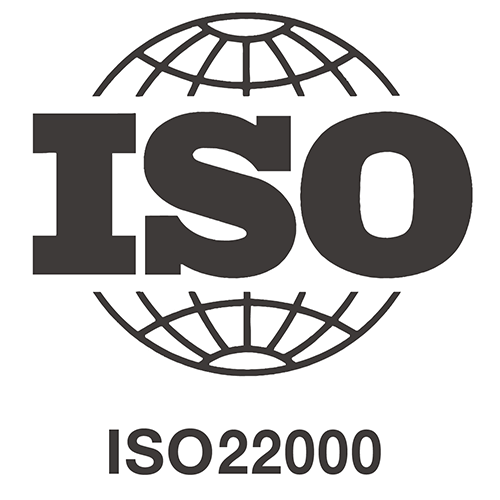
ISO (International Organization for Standardization)
is a worldwide federation of national standardization bodies (ISO members). The development of international standards is usually the responsibility of ISO technical committees. Each area is covered by a specialized technical committee, and each member country has the right to represent the technical committee. International organizations, both governmental and non-governmental, with which ISO liaises are also involved in the work of ISO. ISO works closely with the International Electrotechnical Commission (IEC) on all aspects of electrical standards.
The International Organization for Standardization (ISO) is a global federation of national standards bodies. Founded in 1946 and headquartered in Geneva, Switzerland, ISO is a worldwide federation of national standards bodies, with each country represented by the most representative standard-setting organization. It has 162 member countries.
The main purpose of its establishment is to promote international cooperation and the development of common industrial standards; facilitate the international exchange of products and services and the development of international cooperation in knowledge, science, technology, and economic activities.
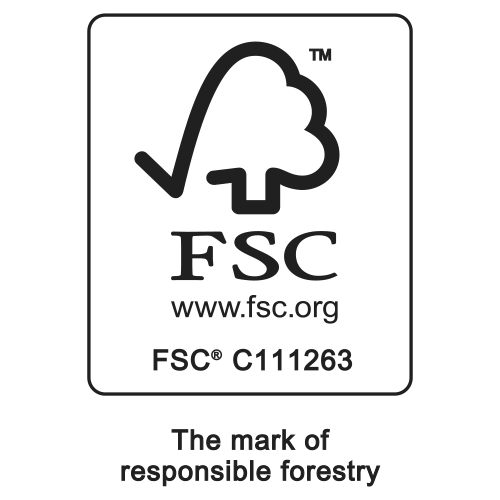
What is FSC® ?
The Forest Stewardship Council®, simply put, is an independent, non-governmental, non-profit organization established to promote the sustainable management of the world's forests. Non-governmental organizations, environmentalists, timber trade organizations, and socially responsible consumers to stop the continuous destruction of forests. The FSC® traces the entire process of wood products from forest to consumer by developing standards for good forest management and chain-of-custody standards for wood processing so that the legal and sustainable source of wood can be controlled. FSC®'s wood products (including paper) are "forest-friendly" products.
What does it have to do with me?
According to the World Wide Fund for Nature (WWF), deforestation is the biggest threat to the environment, as it contributes to global warming and is a cause of climate change. Trees are 50% made up of carbon, and when they are cut down or burned, the carbon dioxide stored in them is released into the air. About 20% of the greenhouse gasses released into the atmosphere each year (1.6 billion tons) are caused by deforestation. Furthermore, according to the World Resources Institute, tropical rainforests are disappearing at the fastest rate in the world's disappearing forests. One-fifth of the world's tropical rainforests disappeared between 1960 and 1990, which means that the world's tropical rainforests are disappearing at a rate of more than 25 hectares per minute.
Can FSC® change this situation?
The more you choose to use FSC® wood products, the faster you can solve this problem (you use your purchasing power to motivate more wood product manufacturers to use FSC® forest materials). IKEA, B&Q, and Home Depot, for example, are all gradually using FSC® wood. Another example is HSBC, Xerox, and other users whom all choose to use FSC® paper products.
How do I know that my product is FSC® certified?
he product name on your invoice will state that it is FSC®, and there will be an FSC® label on the product as shown on the right.
You can also check if the label is legal by using the FSC® number on the label on the official FSC® website (https://fsc.org/en).
What are the certified FSC® products of Oriental Packing?
- Packaging
- Notebooks
- Envelopes
- Gummed papers
- Advertising material
- Business cards
- Calendars, diaries and organisers
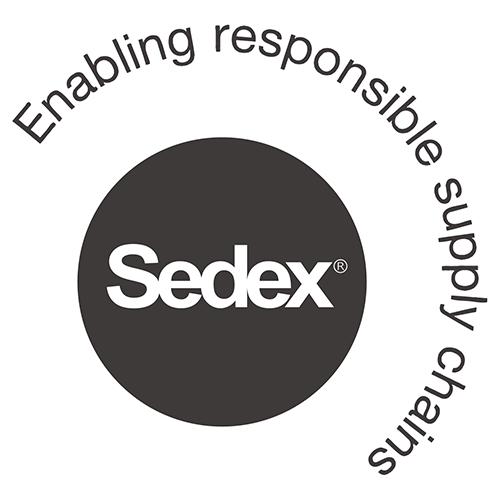
Sedex
is a global not-for-profit membership organization known as the Suppliers Ethical Data Exchange (Sedex). It is designed to help companies declutter and simplify their approach to responsible business. Sedex operates one of the world's largest supplier ethical information exchange platforms, called Sedex Advance, which is one of the global supplier ethical information exchange platforms for buyers, suppliers and auditors to easily store, share and report supply chain information. It has more than 55,000 members in more than 155 countries.
The key objectives of Sedex include:
- Reducing the burden on suppliers facing multiple audits, questionnaires and certifications
- driving improvements in ethical performance in the global supply chain
- Suppliers can send their information to Sedex to be shared with multiple customers.
- Buyers can view and manage their suppliers' ethical information on Sedex.
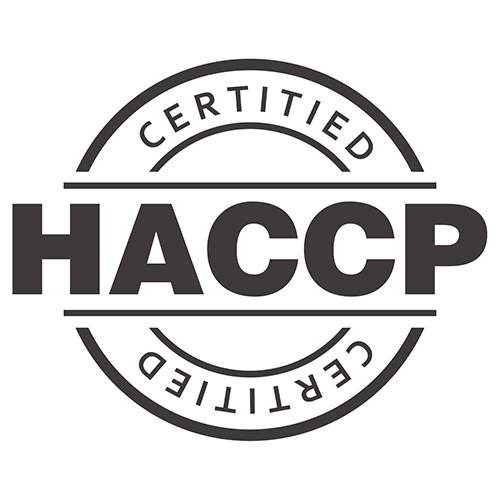
HACCP
is the acronym for Hazard Analysis and Critical Control Point, which is a 'self-management' system that combines measurement, monitoring and recall to provide safe food.
- In 1959, Pillsbury began producing food for NASA's space program.
- In 1971, The principles of HACCP and its application to the food industry were first described in the U.S. Food Protection Conference. 3 principles: identify and evaluate hazards; identify critical control points to control all identified hazards; and establish systems to monitor critical control points.
- In 1989, the NACMCF published a proposal entitled "HACCP Principles for Food Production".
- In 1991, the Food Sanitation Regulatory Commission developed "Guidelines for the Application of the Hazard Analysis Critical Control (HACCP) System".
- In 1993, the FAO/WHO Joint Committee on Nutrition Regulations adopted the regulations at its 20th meeting.
- In 1997, the International Codex Alimentarius Commission announced HACCP as the management rule for food safety and hygiene.
The HACCP system is currently recognized worldwide as the most effective and preventive autonomous production process management system for food hygiene. From raw materials to consumers, each step in the process of harvesting, transportation, storage, production, packaging, and sales, the potential hazards are analyzed, and then critical control points are established. We can effectively prevent and control the occurrence of hazards, or take corrective measures to remove hazards as soon as they occur, in order to achieve the goal of ensuring food safety.
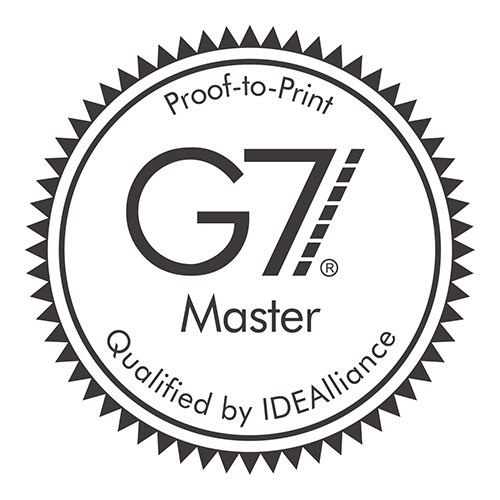
G7 International Printing Certification
The G7 print calibration method, created by Idealliance, uses CMY to produce a gray balance and a Neutral Print Density Curve (NPDC) to adjust the color performance of print products to meet international color standards. The greatest advantage of G7 is the ability for products produced by different processes to achieve similar color performance, which has made G7 the most popular printing certification system in the last decade. Numerous well-known international brands specify G7 as the print standard.
Most of the certification systems have players, coaches, and judges involved in three roles. In the G7 printing certification system, for example, printing companies are the players, and G7 Expert certification experts are the coaches. Printing factories must provide G7 education and training through qualified G7 Expert experts, who assist in correcting the color performance of the printing equipment, and apply for the G7 printing factory accreditation audit; Idealliance's identity is a judge, responsible for reviewing whether a printing factory has the ability to perform G7 printing calibration, and whether the printing color performance meets the G7-approved specifications. A printing factory that has passed the audit of Idealliance becomes a G7 Master, which provides international brands as a reference for selecting printing partners.
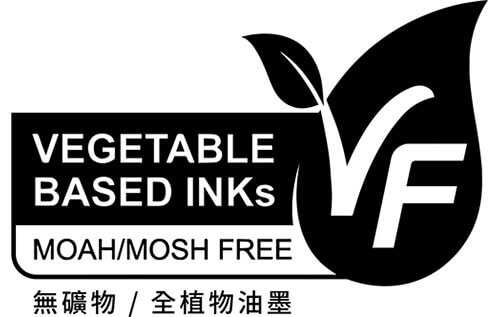
Vegetable Based Ink - MOAH/MOSH Free
Environmental protection is an invisible and tangible environmental optimization strategy. In the past, countless harmful substances were emitted into the air every day, and then all regions started this environmental optimization strategy.
【 Product description 】
Offset Printing Ink (MAXSET/MG-2/BO-1 Process Yellow, Magenta, Cyan, Black Ink Series)
【 This certificate covers 】
Please see the List of Certified Products (available on the Cradle to Cradle Certified Product Registry) for all products included in this certification. This product was assessed exclusively for use by professional printing houses trained in the proper handling and use of protective equipment for sensitizing and irritating resin and drier. The requirements for certification have only been met under these conditions.
【 Material Health level 】Silver (Version 3.1)
The product has been at least 95% assessed (by weight) using ABC-X ratings. Externally Managed Components (EMCs) are considered assessed and contribute to the overall percentage of the product that has been assessed. Products that are entirely Biological Nutrients in nature (e.g., cosmetics, personal care, soaps, detergents, etc.) must be at least 100% assessed. The product contains no substances known or suspected to cause cancer, birth defects, genetic damage, or reproductive harm (CMRs) after the A, B, C, X assessment has been carried out.
【 Material Reutilization level 】Silver (Version 3.1)
The product has a Material Reutilization Score that is ≥ 50.
【 Renewable Energy and Carbon Management level 】Silver (Version 3.1)
For the final manufacturing stage of the product, 5% of purchased electricity is renewably sourced or offset with renewable energy projects, and 5% of direct on-site emissions are offset.
【 Water Stewardship level 】Platinum (Version 3.1)
All water leaving the manufacturing facility meets drinking water quality standards. Alternatively, the manufacturing process is dry or there is a fully closed loop system in place so that no product relevant wastewater is produced.
【 Social Fairness level 】Silver (Version 3.1)
Material specific and/or issue-related audit or certification relevant to a minimum of 25% of the product material by weight is complete (FSC Certified, Fair Trade, etc.). OR Supply chain-relevant social issues are fully investigated and a positive impact strategy is developed. OR The company is actively conducting an innovative social project that positively impacts employee’s lives, the local community, global community, social aspects of the product’s supply chain, or recycling/reuse.
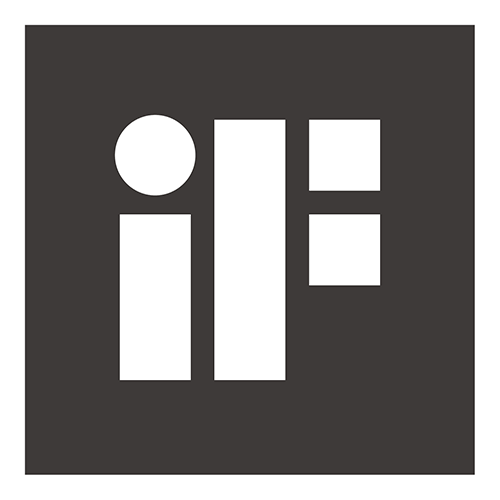
THE iF STORY IN SHORT: DESIGN FOR GOOD SINCE 1953
Each year, iF International Forum Design GmbH organizes one of the world's most celebrated and valued design competitions: the iF DESIGN AWARD.
Recognized as a symbol of design excellence around the world, the iF DESIGN AWARD welcomed 2021 almost 10,000 submissions from 60 countries.
Our reputation as one of the oldest truly independent design institutions in the world rests on our integrity, which clearly sets us apart from our competitors. Since 1953, iF e.V. has followed six guiding principles:
- To identify, support and promote good design
- To raise awareness of design among the public and the role it plays in our lives
- To help companies integrate design into their long-term strategies
- To safeguard the role of professional designer and boost awareness for this job profile
- To effect social change through design
- To support talented young people and create a public platform for young designers
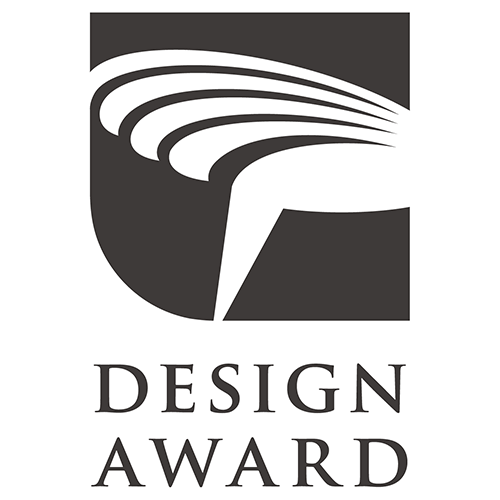
"The Golden Pin Design Award"
was founded in Taiwan in 1981 and is now organized by the Taiwan Design Research Institute (TDRI), which handles awards and plans award ceremonies. Since 2014, TDRI has started to develop a new positioning as the "Top Design Award in the Global Chinese Market", and to gain a voice for the Chinese design industry. Since 2015, the Golden Pin Design Award brand has been divided into 3 competitions for different target groups, including the "Golden Pin Design Award", "Golden Pin Concept Design Award" and "Golden Pin New Talent Design Award", with the aim of commending outstanding and innovative design products and works.
Through the professional recognition of the Golden Pin Design Award, we encourage enterprises to emphasize product design and R&Dt, and increase the added value of their brands with design power; We also provide consumers and the market with the certification of quality design, so as to further enhance the public's awareness of design value and design aesthetics to create a better quality of life together.
Professional Glory Chinese Design Award
The Chinese market has become the largest economy in the world. The huge population and business opportunities have made this place a must for international companies, and how to design products to meet the needs of different customer segments requires a good understanding of the evolution of civilization in this place over the past century. This has become the focus of more and more international companies. In the face of changing global economic trends, the 39-year-old Golden Pin Design Award in Taiwan began to move towards a new position as the "Top Design Award for the Global Chinese Market" in 2014, with the aim of gaining a voice in the Chinese design industry, and then presenting the idea of quality Chinese living to the world. The "Golden Pin Design Award" is like a key channel to enter the global Chinese market. Only by establishing a firm foothold in the Chinese market can we further expand our vision to the world.
